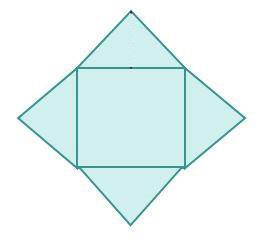
Mathematics, 20.07.2019 20:00 teresajohnson1523
Find the horizontal or oblique asymptote of f(x) = negative 3 x squared plus 7 x plus 1, all over x minus 2

Answers: 1


Other questions on the subject: Mathematics

Mathematics, 20.06.2019 18:04, sighgabbie
Classify the polygon by its number of sides. state whether the polygon appears to be regular or not regular. a. heptagon, regular b. heptagon, not regular c. octagon, regular d. octagon, not regular
Answers: 1

Mathematics, 21.06.2019 20:00, christpress0
Given the equation y − 4 = three fourths(x + 8) in point-slope form, identify the equation of the same line in standard form. −three fourthsx + y = 10 3x − 4y = −40 y = three fourthsx + 12 y = three fourthsx + 10
Answers: 1

Mathematics, 21.06.2019 20:40, kaylabethany
How is the equation of this circle written in standard form? x2 + y2 - 6x + 14y = 142 a) (x - 3)2 + (y + 7)2 = 200 b) (x+ 3)2 + (y - 7)2 = 200 (x - 6)2 + (y + 14)2 = 142 d) (x+6)2 + (y- 14)2 = 142
Answers: 1

Mathematics, 21.06.2019 23:30, bbby2
Aprisoner is trapped in a cell containing three doors. the first door leads to a tunnel that returns him to his cell after two days of travel. the second leads to a tunnel that returns him to his cell after three days of travel. the third door leads immediately to freedom. (a) assuming that the prisoner will always select doors 1, 2 and 3 with probabili- ties 0.5,0.3,0.2 (respectively), what is the expected number of days until he reaches freedom? (b) assuming that the prisoner is always equally likely to choose among those doors that he has not used, what is the expected number of days until he reaches freedom? (in this version, if the prisoner initially tries door 1, for example, then when he returns to the cell, he will now select only from doors 2 and 3.) (c) for parts (a) and (b), find the variance of the number of days until the prisoner reaches freedom. hint for part (b): define ni to be the number of additional days the prisoner spends after initially choosing door i and returning to his cell.
Answers: 1
You know the right answer?
Find the horizontal or oblique asymptote of f(x) = negative 3 x squared plus 7 x plus 1, all over x...
Questions in other subjects:













